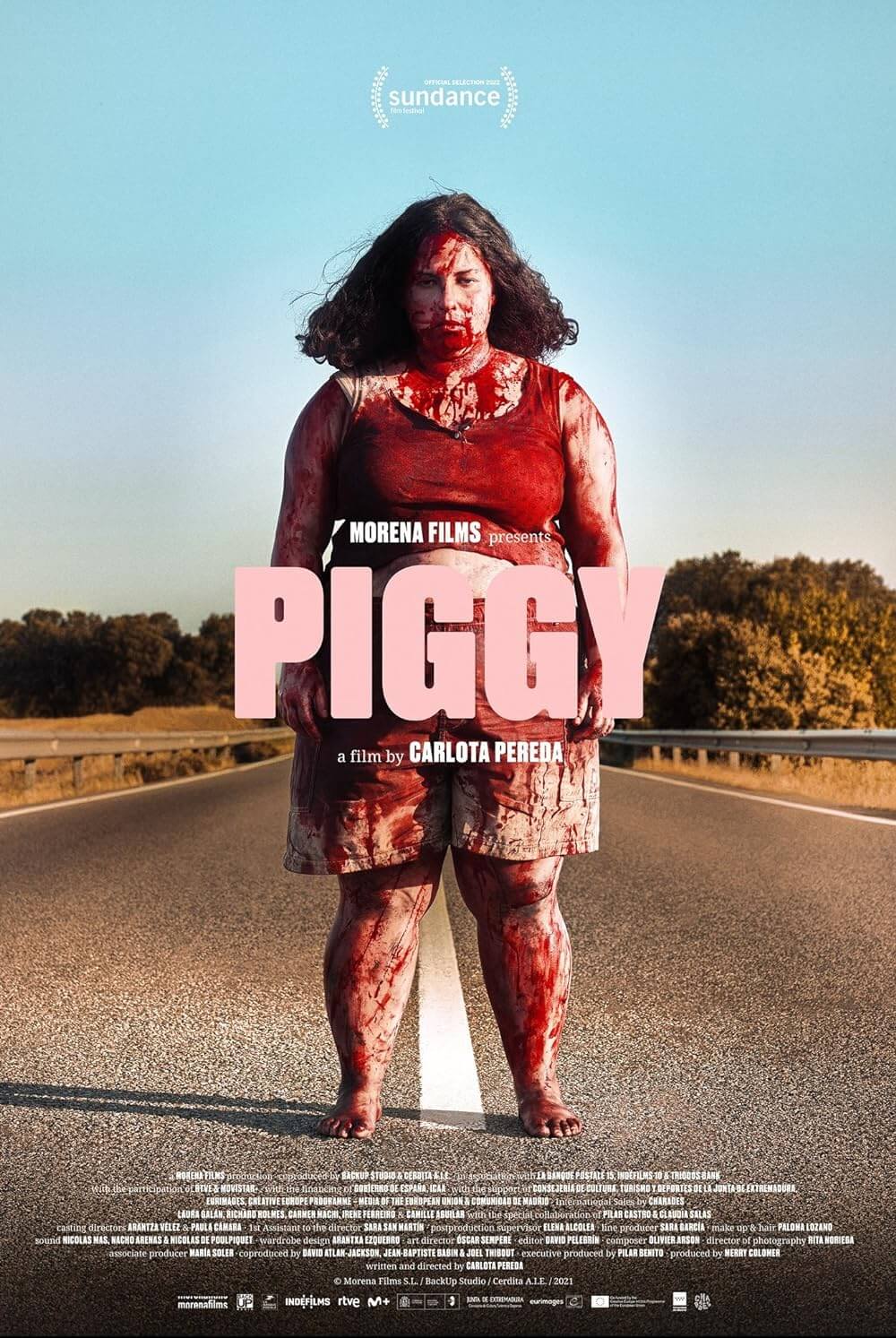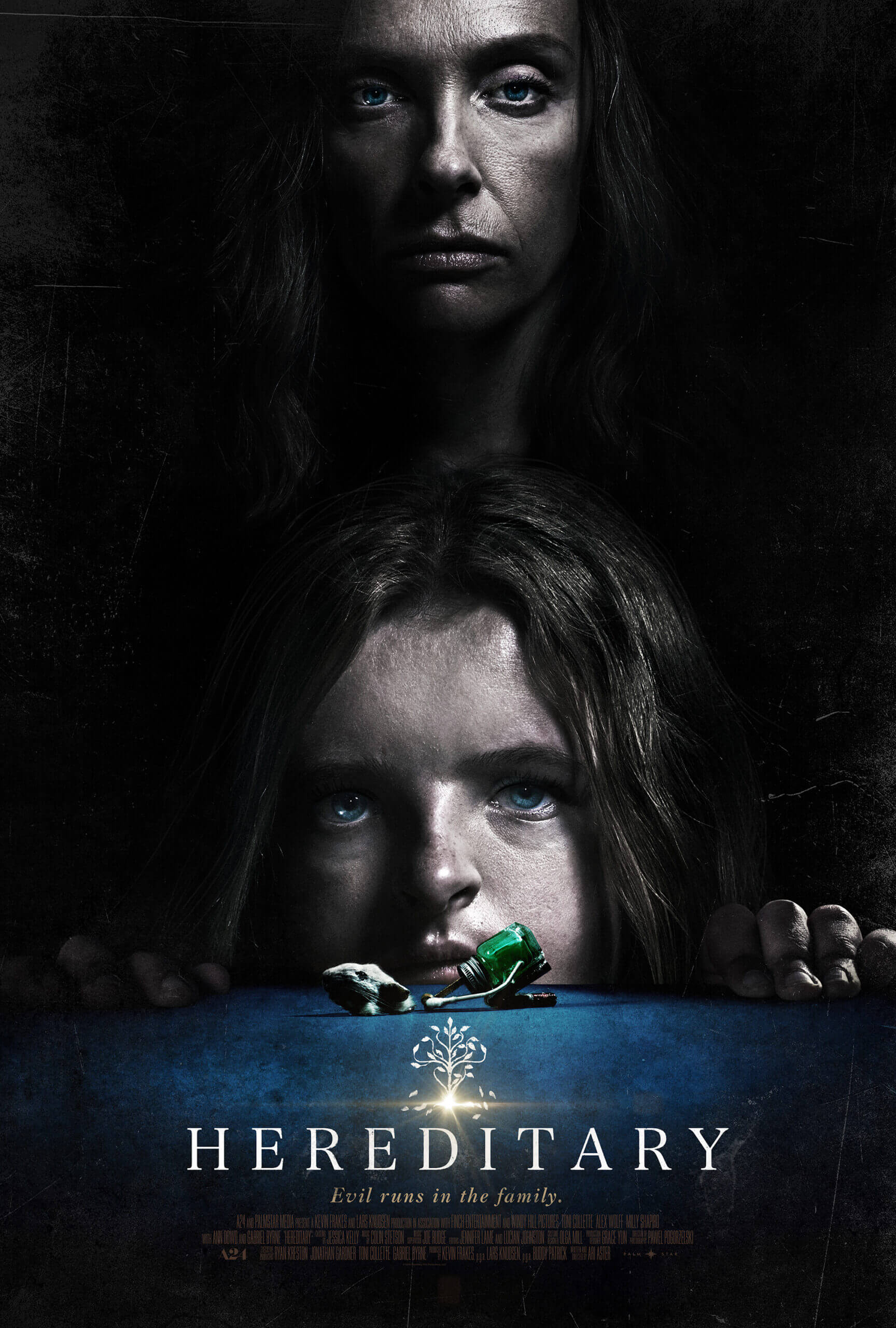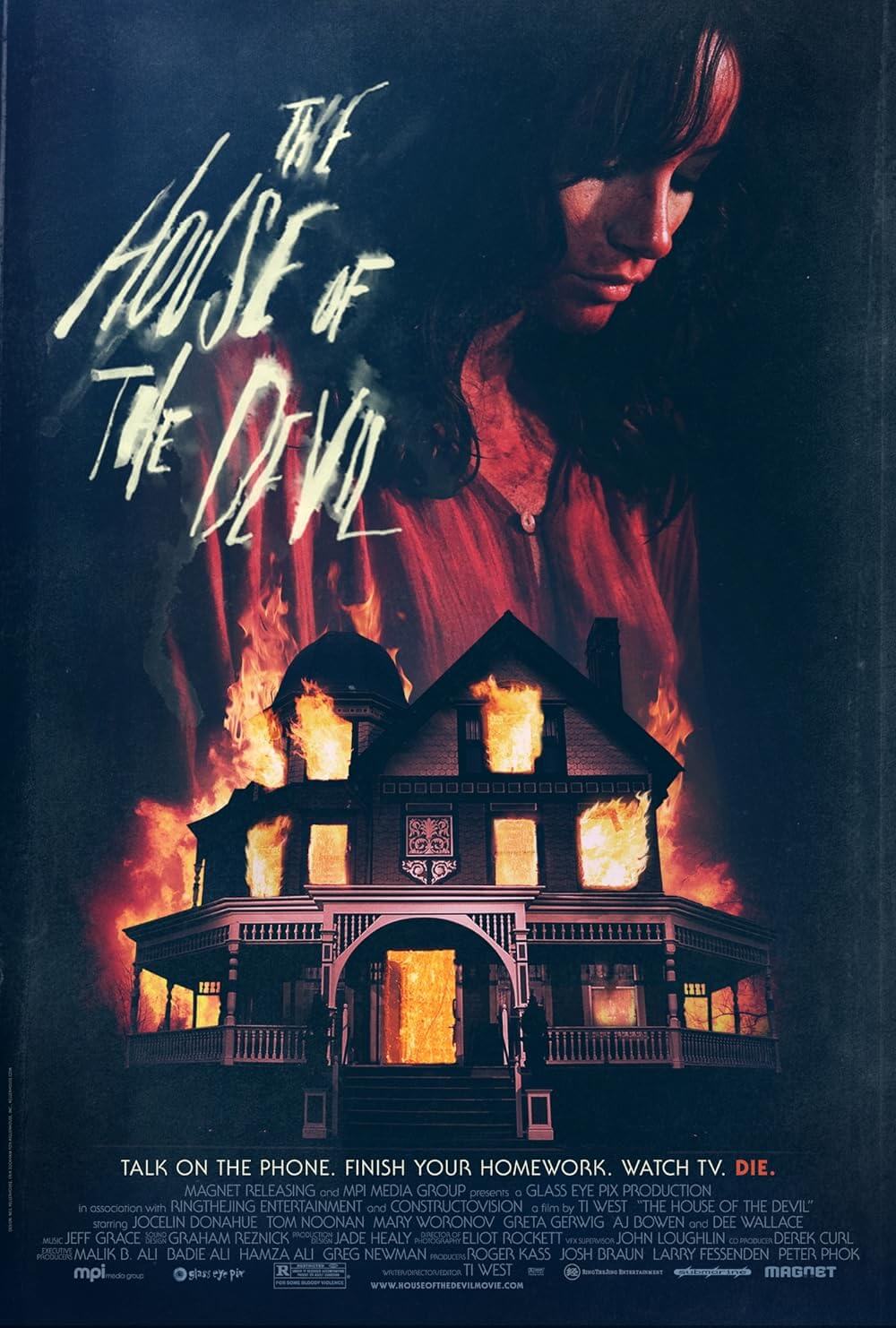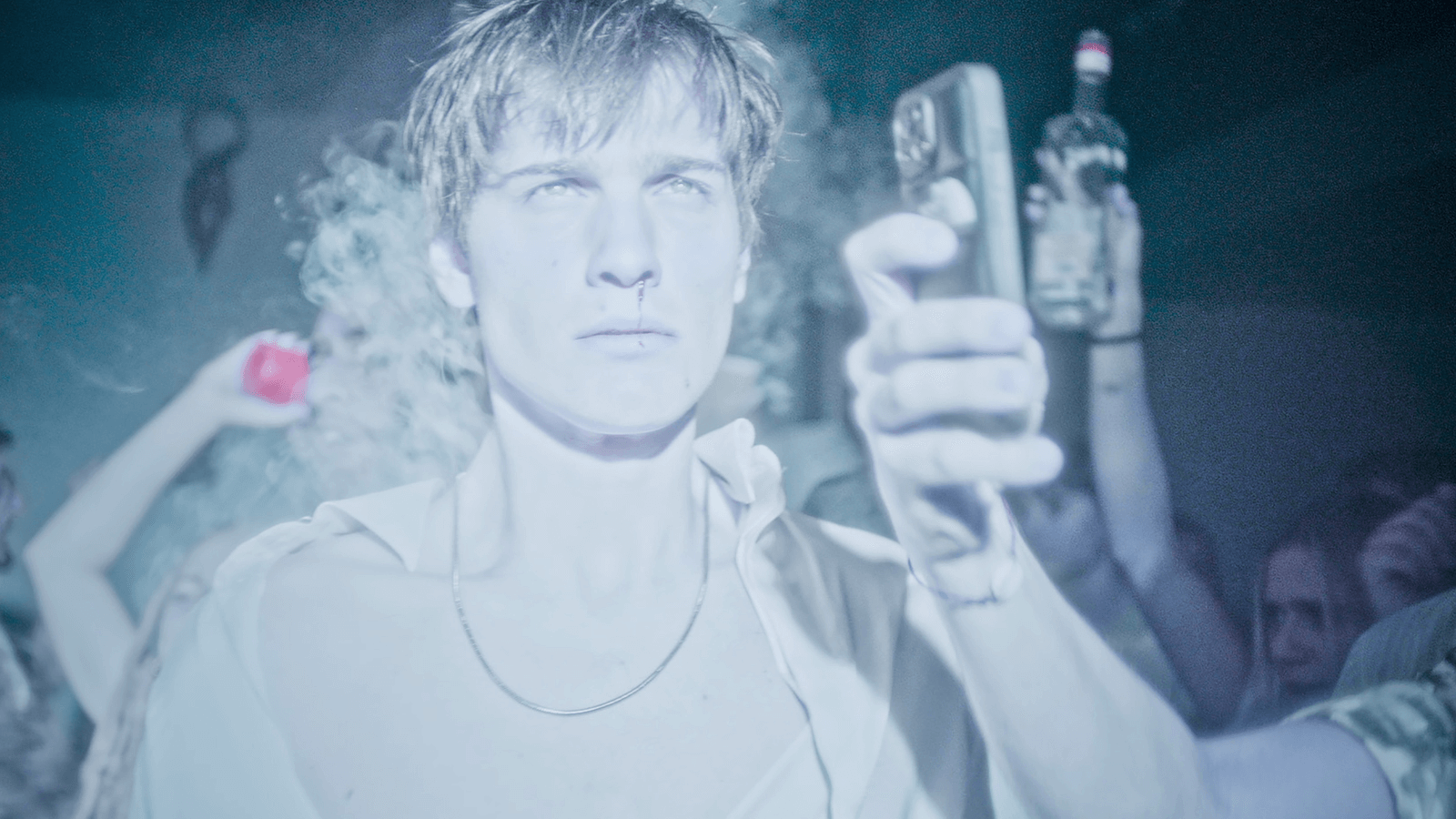
MadS
By Brian Eggert |
Just when you thought the indulgent extravagance of an elaborate continuous take—or even further, an entire feature shot in a oner—had lost its appeal, MadS comes along and revitalizes the concept. The long take is usually intended to immerse the viewer in the experience and impart a sense of in-the-moment realism. By never cutting or creating the illusion of no edits with digital trickery, the filmmaker appears to omit nothing, giving the spectator a heightened and seamless look at the movie’s world. The technique is usually distracting, but that’s not always a negative. Sometimes, it underscores the talent and formal ambition behind the camera, adding an extra element of pleasure for the aesthetic-savvy viewer. Then again, if it calls too much attention to the conceit, long takes can have the opposite effect: they can highlight the filmmakers’ technical accomplishment at the cost of taking the audience out of the narrative. One’s response usually depends on how much one notices or cares about such things. Personally, I don’t have any sweeping opinions about long takes, other than results may vary.
MadS is the first time in a long while that I’ve been impressed and enthusiastic about the technique. Although director Sam Mendes’ World War I drama 1917 (2019) was presented in two artificially extended shots designed by cinematographer Roger Deakins, the execution reinforced for me how the approach could create a visual wonder yet neutralize the story. The last genuinely great deployment of a continuous shot was in Shin’ichirô Ueda’s wildly fun cult masterpiece One Cut of the Dead (2017, remade by Michel Hazanavicius in 2022’s Final Cut, unfortunately), which featured two dazzling examples of extended takes in a scrappy film that deconstructs the joy of making ambitious but low-budget movies. Moreau’s film establishes a new standard, telling a familiar story with such infectious energy and bravado that at times I forgot Moreau captured the 88-minute feature in one shot with no visible cuts. For a filmmaker to achieve such a technical feat is one thing and deserves admiration; for the choice to align with or even improve the story is another triumph altogether.
Told from a frenetic, drug-addled perspective, the film opens with teen Romain (Milton Riche) at his dealer’s rural home, putting lines up his nose and smoke in his lungs. Romain embraces his lack of moderation and pops a new pill of who-knows-what, then heads to a party in the city. The camera follows Romain outside and into his father’s convertible, where he drives on a suburban road until a stop finds him faced with an erratic woman covered in bloody bandages and dirty rags. Unable to speak and clearly disturbed, she crawls inside his car and plays a tape recorder. The audio suggests she’s an escaped patient from some undoubtedly awful experimental procedure. Romain, already twitchy and smacking his own head with his palm from the sheer volume of junk in his system, weighs whether to call the police. But he’s too stoned to face the cops or his disapproving dad. Not even after the animalistic woman in his passenger seat bites him does he dare risk getting caught.
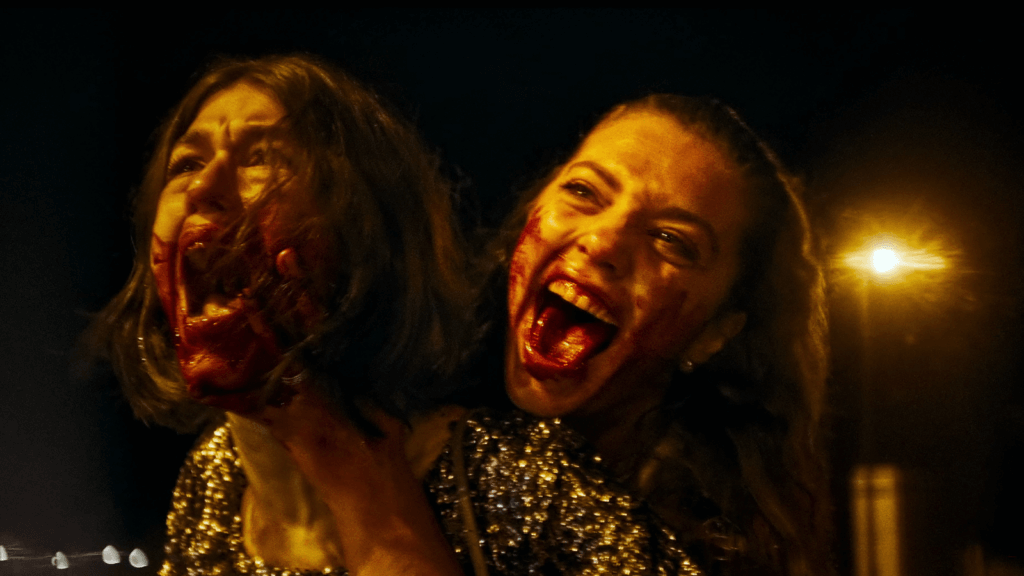
Trying to process what’s happening while descending deeper under the influence, Romain stops at home before the party, and the chaotic tone from the road quiets somewhat. It’s unclear what the situation might be. Has some infection spread to him? Will he become a zombie or whatever happened to his passenger? Is the whole thing a hallucination brought about by whatever was in that pill? He sets these questions aside when whatever’s wrong with him takes over, and he practically mauls his girlfriend Anais (Lucille Guillaume) with kisses and bites when things between them get hot and heavy. It’s not until later, when Moreau begins following other characters, that we realize the situation might go beyond Romain. It turns into a setup recalling The Crazies—either the 1973 version by George A. Romero or Breck Eisner’s 2010 remake, take your pick—where armed members of the government attempt to quarantine something that has driven people to murderous, irrational behavior—all reminiscent of Isabelle Adjani in Possession (1981).
Moreau broke out in the French New Extremity movement of the early 2000s with the blistering home-invasion thriller Them (2006), but he’s struggled to live up to his memorable debut until now. Hollywood immediately scooped him up for the vapid J-horror remake, The Eye (2008), starring Jessica Alba and Alessandro Nivola. After that, Moreau returned to France for a string of varied features, from a romance to a family adventure, before returning to his roots in unrelenting horror here. Working with cinematographer Philip Lozano, Moreau fashions an all-consuming presentation, where the lack of cuts are replaced by clever tonal changes, shifts in character focus, and even multiple modes of transportation. The uninterrupted shot follows people walking, running, and fleeing; they ride on bikes, motorcycles, cars, and vans; their behavior ranges from desperate to crazy to rabid. Only an overwrought sequence on a motorcycle, in which any sane person would stop, tests credibility. But who among these characters is sane?
Meanwhile, the film’s transitions in mood, subject, and mobility—accented by a psychedelic onslaught of both diegetic and non-diegetic music—serve a similar purpose as a cut. They relieve us from the insistence of the unbroken shot gimmick while also absorbing the viewer into the moment-by-moment horror. MadS ends up in a similarly apocalyptic space as both versions of The Crazies, with zombie-adjacent terror and volatile behavior revealing the unpredictable nature of whatever’s happening. However commonplace the story, watching everything unfold becomes so involving that I often forgot I was watching a single-take film. Then I would remember, and, for a moment, I would appreciate the skill with which Moreau has assembled every detail. Around that time, something insane would happen onscreen, and I would be immersed in the story again. Moreau’s form spectacularly follows the narrative’s function. He reminds us that no matter how routine or overused some devices may be, there’s usually an inventive filmmaker who can find a way to revitalize them.
(Note: MadS is streaming on Shudder starting October 18, 2024.)

Thank You for Supporting Independent Film Criticism
If the work on DFR has added something meaningful to your love of movies, please consider supporting it.
Here are a few ways to show your support: make a one-time donation, join DFR’s Patreon for access to exclusive writing, or show your support in other ways.
Your contribution helps keep this site running independently. However you choose to support the site, please know that it’s appreciated.
Thank you for reading, and for making this work possible.
Brian Eggert | Critic, Founder
Deep Focus Review


